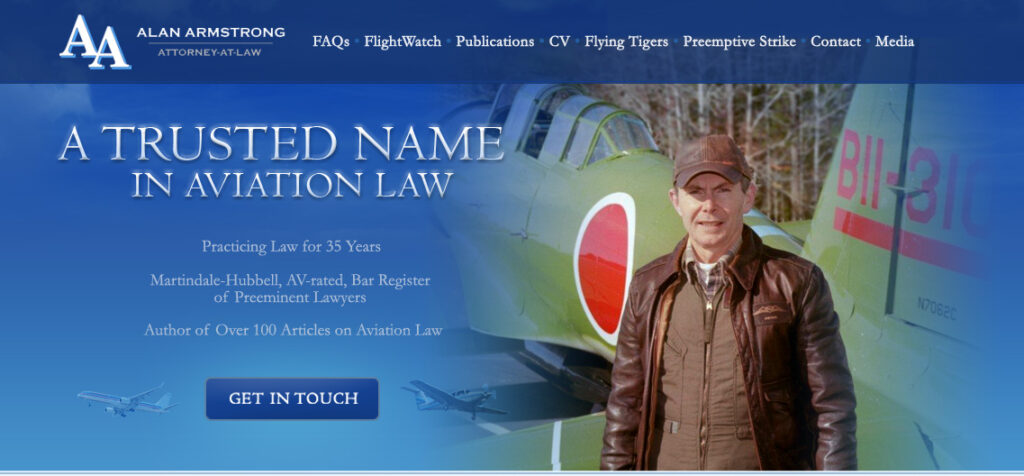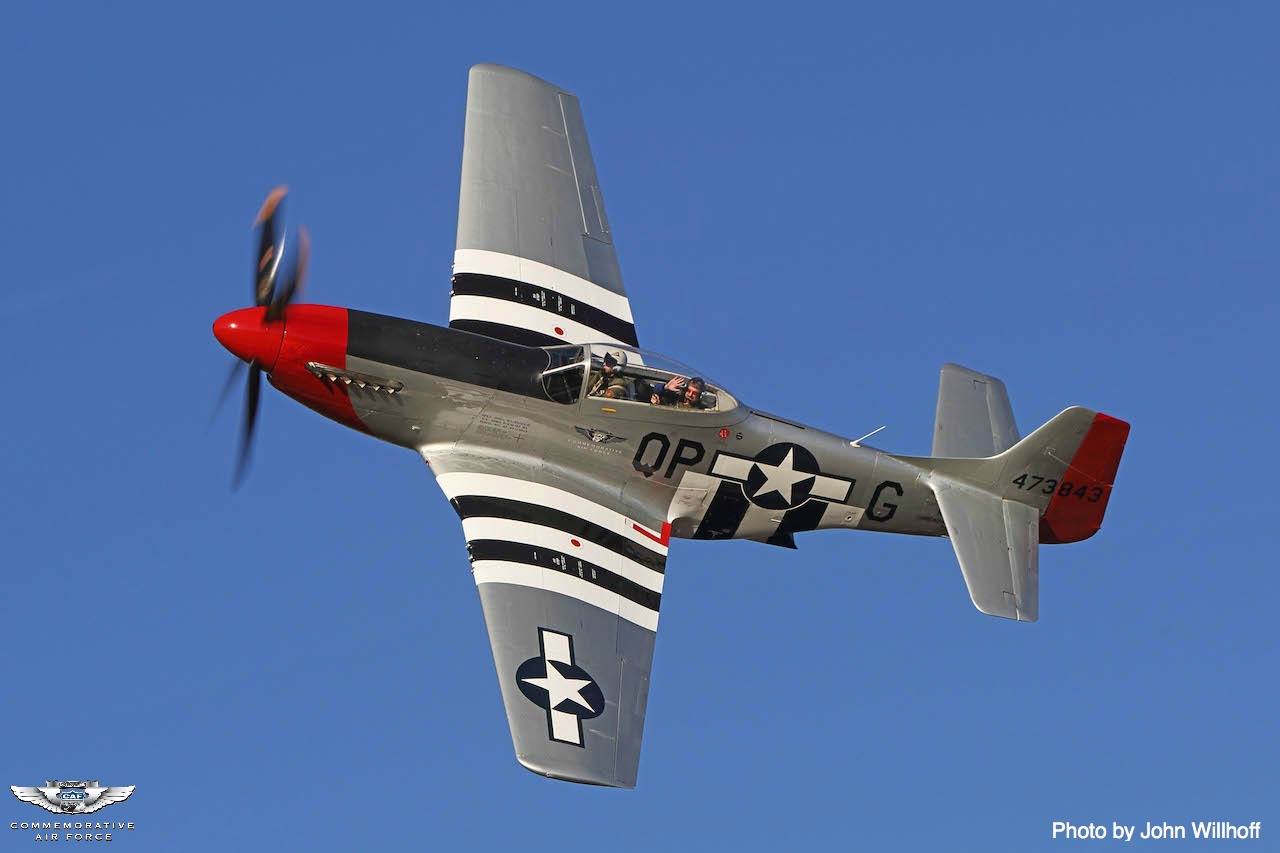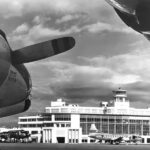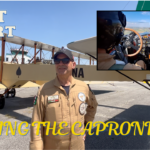By Alan Armstrong, Attorney at Law.
The Accepted Industry Practice
For many years, it has been standard industry practice for pilots of experimental aircraft, especially warbirds, to offer media flights to press members as part of their airshow appearance package. However, according to the FAA’s stance, if a pilot is to provide a media ride, it should not be included in the airshow appearance contract. The pilot must cover all costs associated with the flight, including fuel and oil, and neither the pilot nor the airshow sponsor should benefit from the flight. The rationale behind these requirements will be discussed further in this article.
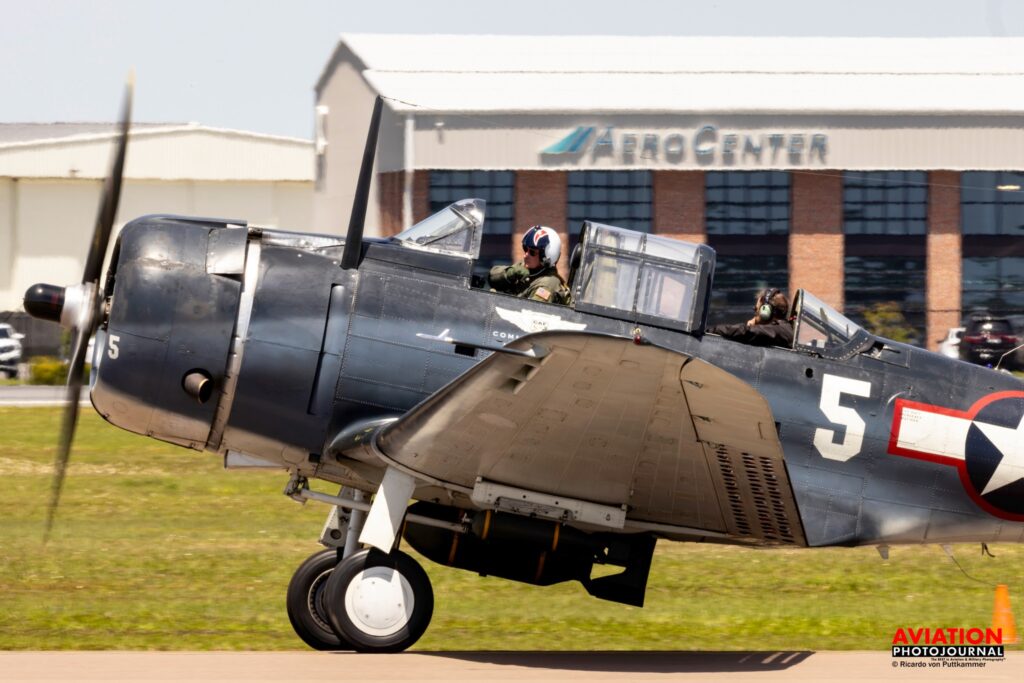
A REVIEW OF FAR §91.319
14 C.F.R. §91.319 provides, in part:- No person may operate an aircraft that has an experimental certificate
– (1) For other than the purpose for which the certificate was issued; or
– (2) Carrying persons or property for compensation or hire
On its face, the regulation appears to be fairly straightforward. The question becomes whether an airshow pilot providing a media ride to a person is providing the ride “for compensation or hire.”
FAA Interpretation 1997-15 was written by Donald Byrne, Esq., Assistant Chief Counsel for the FAA, and dated July 30, 1997 (“the Interpretation”). In the Interpretation, Byrne quoted specifically from §91.319 and then noted that the first question is not whether there has been compensation to the pilot, but whether the airworthiness certificate of the aircraft prohibits the carriage of persons who are not required for the flight. Accordingly, any airshow pilot contemplating providing a ride to a person at an airshow must satisfy himself that the airworthiness certificate does not prohibit the carriage of persons who are not required for the flight. Assuming the airworthiness certificate does not prohibit the carriage of persons on a flight, then the question becomes under what circumstances would a media ride at an air show constitute compensation to the pilot/airshow performer. However, Mr. Byrne noted in the Interpretation that if the airshow sponsor provides fuel and oil used during the media ride, then that would constitute compensation to the pilot. Additionally, the letter of inquiry to the FAA declared that the airshow performer would not receive any individual benefit by providing the media ride. Mr. Byrne, on behalf of the FAA, observed that if the airshow promoter received some benefit, such as publicity, then that would constitute compensation to the airshow promoter.
The Interpretation written by Mr. Byrne also notes that if a pilot is compensated for fuel and oil and is logging flight time that could be considered compensation. However, Mr. Byrne went on the write:
However, if the airshow performer bears full costs, including fuel and oil, for the media rides, logging flight time would not be a problem.
In the letter of inquiry to the FAA, the representation was made that the price of the appearance for the airshow performer would be the same whether any media rides were given or not. However, the FAA took the position that if the media ride was part of the performance package and compensation to the airshow performer, then that would be compensation under the contract in violation of §91.319 of the Federal Aviation Regulations. The interpretation concluded with these comments:
The parties to the contract can avoid a violation of 14 CFR §91.319 by removing from the contract any terms relating to the provision of media/public relations rides. Of course, you should understand that any agreement outside the contract between the airshow promoter and the airshow performer, or anyone else, to provide media/public relations rides in return for compensation of any kind is prohibited under 14 CFR
- 91.319. It is the receipt of compensation, not the source of the compensation that results in a violation of the regulation.
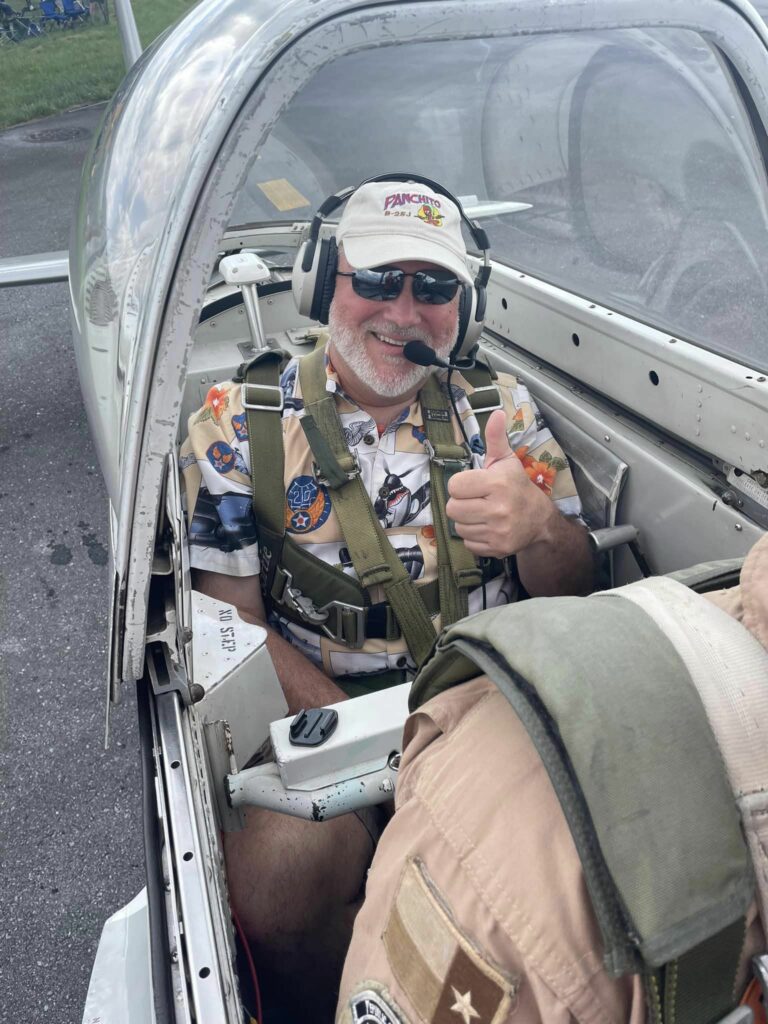
What Is A Pilot To Make of The Letter of Interpretation?
As we reflect on the statements made by counsel for the Administrator in the letter of interpretation, it seems that the following points should be considered:
- First, there must be no provision for a media ride in the appearance contract of the airshow performer.
- Secondly, the airshow performer/pilot must pay for the ride himself, including all of the expenses such as fuel, oil and lubricants. The FAA did say that if the airshow performer bears the full cost of the flight, then logging flight time would not be a problem since it would not trigger the flying for compensation element of 91.319.
- Even if there is no written provision in the appearance contract for the airshow pilot to provide a media ride as a condition of his appearance, if there is an outside (oral) agreement for the airshow pilot to provide a media ride, this oral contract or understanding outside the written contract could constitute compensation and, therefore, a violation of 91.319.
- Neither the airshow promoter, sponsor nor the pilot should receive compensation as a consequence of the flight.
- The language in the interpretation suggests the media ride must be a spontaneous event paid for by the pilot with no benefit to the airshow promoter nor to the pilot which defies the very purpose of media rides in the airshow industry, i.e., to promote the airshow.
- If an airshow pilot gratuitously provides a flight to a person at an airshow at his own expense with no benefit to the pilot nor to the airshow, and with no side agreement that this would be done, then the term “media ride” should be discouraged in the industry. Instead, it should be a voluntary, gratuitous ride provided by the pilot on a spontaneous basis.
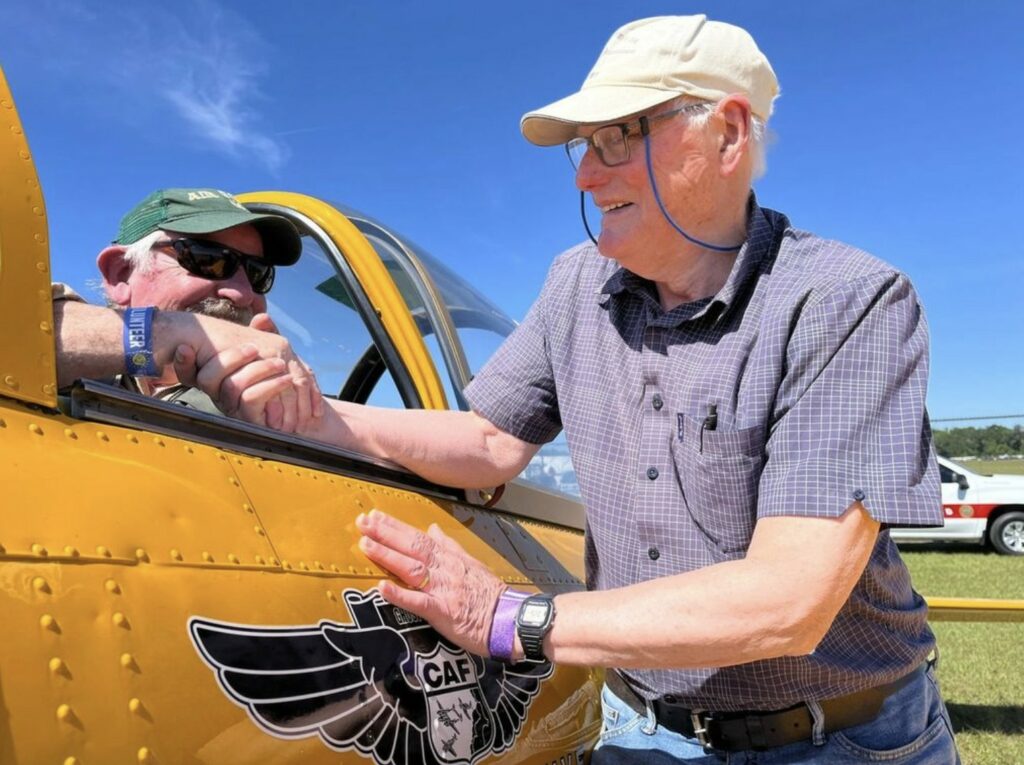 Conclusion
Conclusion
If airshow pilots flying experimental aircraft are confident that the aircraft can safely operate with a passenger without violating its experimental certificate, a gratuitous, spontaneous flight at an airshow would not breach FAR §91.319. This is true if the pilot bears the flight costs, receives no benefit, the airshow promoter receives no benefit, and there is no written or oral agreement to provide the flight. Historically, “media rides” have been included in airshow appearance fees, but caution is needed when dealing with experimental aircraft. Discussions about “media rides” should be avoided in performance contracts involving experimental aircraft. While theoretically possible, seeking an exemption to allow media rides in experimental aircraft is unlikely to succeed due to the FAA’s moratorium on living history flights.
In summary, pilots of experimental aircraft at airshows must avoid offering “media flights” as part of their performance package or in any way that benefits them or the promoter. Such flights must be gratuitous, spontaneous, and entirely at the pilot’s expense.
About Alan ArmstrongAlan Armstrong, Esq. is a trial lawyer in Atlanta, Georgia, who represents victims and their survivors in relation to personal injuries and wrongful deaths arising out of aviation accidents and other forms of personal injury litigation. Alan represents airmen, aircraft operators and FAA-certified repair stations in aviation enforcement proceedings before the National Transportation Safety Board and the Federal Aviation Administration, and he crafts various aircraft contracts, leases, and closing documents for clients in accordance with FAA rules and regulations. He also represents clients when aircraft are damaged or destroyed. Alan provides legal assistance to individuals or entities who wish to lease aircraft and/or operate aircraft under timeshare or interchange agreements permitted by the Federal Aviation Administration Regulations. He also has experience with proceedings brought under Part 16 of the Federal Aviation Regulations when claims are made that owners or sponsors of airports receiving Federal funds have committed acts of economic discrimination or denied aviation operators fair and reasonable access to airports. For more information, visit www.alanarmstronglaw.com
